“Seashells from the seashore” were one of my favorite things when I was a kid! Living in Florida made it somewhat easy. We did not live at the beach but fairly close to it. We spent some vacations at the beach, I remember Sanibel Island, well, and one of our neighborhood friend’s dad took us to the beach to look for shells quite a bit. Sitting at the beach, or anywhere, was never my thing. Gathering seashells kept me busy when at the beach as a kid, today it is all about photography and in particular seashell photography. My shell collection
was in a cardboard box where it could only be seen if I brought it out and took the shells out. With photography you can create images that you can share on line or print and display on your wall!
You can make images while at the beach, with the available light and the water flowing over them or you can bring them home and with bit of work create pieces that are similar to the specimen picture plates that are in the old reference books.
I setup my Artograph Light Pad on a box that gave me enough distance to use my full frame Nikon D810 with the Nikon 105mm Macro lens, comfortably. I used my Vanguard Tripod which has an articulating arm so I could get the camera right over the shell. I used my Nikon WR-R10 & T10 Wireless trigger setup so the camera would not shake from tripping the shutter. To add some light I used a Flashpoint 320m Strobe’s modeling light with a Flashpoint Glow Softbox. For just a touch more light, I used a small Lastolite reflector. I also tried using some black background fabric as an alternative to the light pad and I just did not like the shells on that background as much.
When shooting items that have this much depth, use a small f stop, ie f32, to get as much depth of field as possible. I used ISO 100 and since the camera is locked down and the wireless trigger is used the shutter speed can be long. This gives you great detail and focus.
My post-processing for Seashell Photography is very similar to how I post-process my Flower Photography (see blog post). I start in Lightroom, crop as needed, adjust the White Balance and clean up any spots on the shell or background. I might adjust the exposure & contrast a bit in LR to get the lines and colors to start to pop. Then a move it over to Photoshop where a make any major cloning or healing fixes. From there I take it into Topaz Glow. I used one of the Fur & Feathers Presets, use the Blend Mode that suits the image and lower the Opacity to about 30%. This give the image a glow and a real pop that the original just did not have!
So next time you collect some seashells, share them with every one by creating some awesome Seashell Photography!
For these and additional images, please visit my Macro/Close Up Gallery!
Have fun!
Lynn

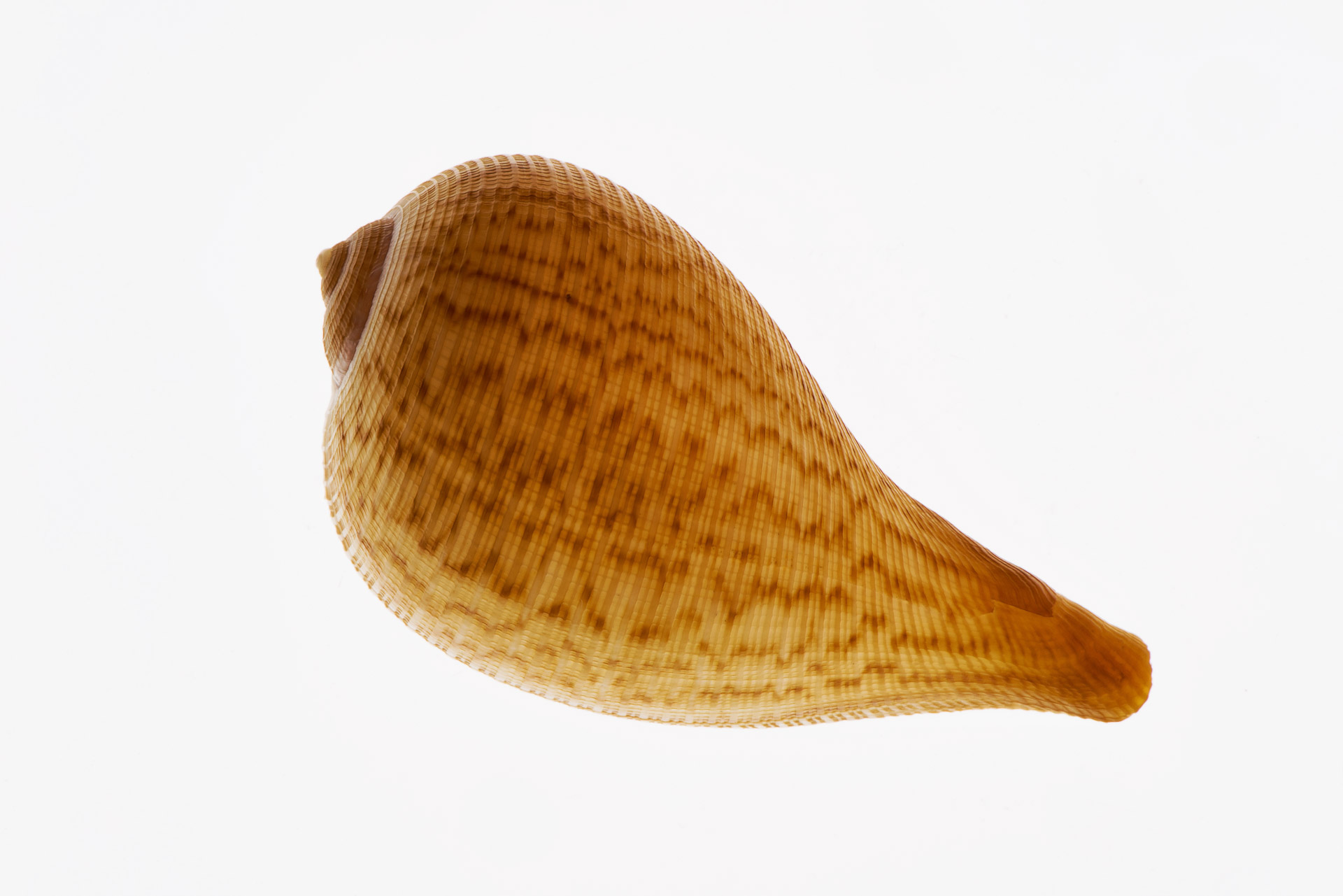




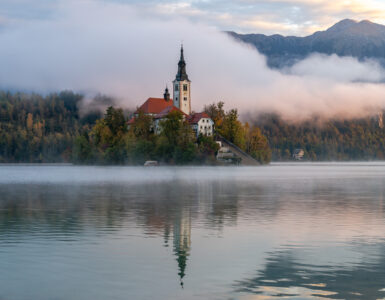
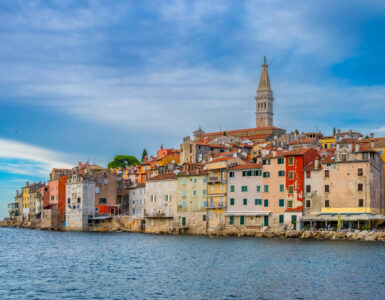
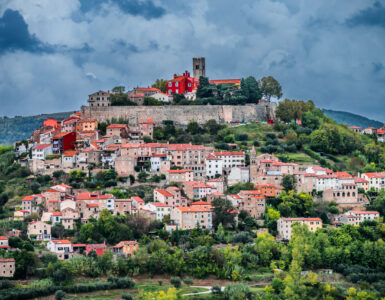
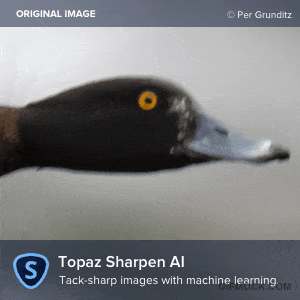
Add comment